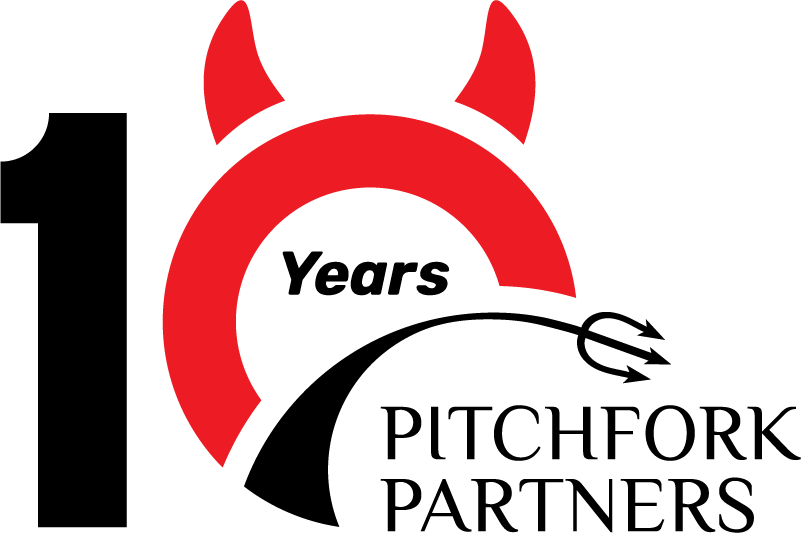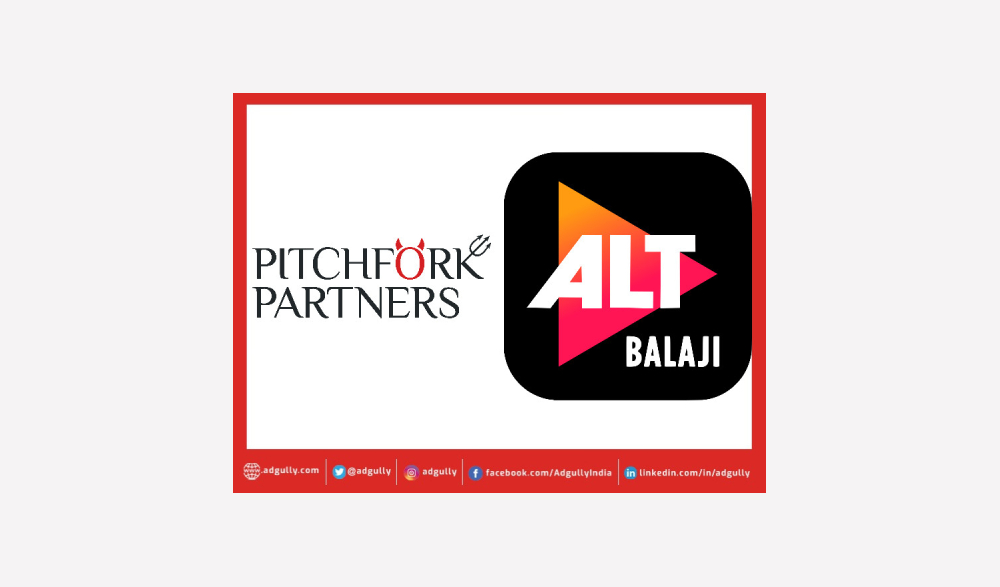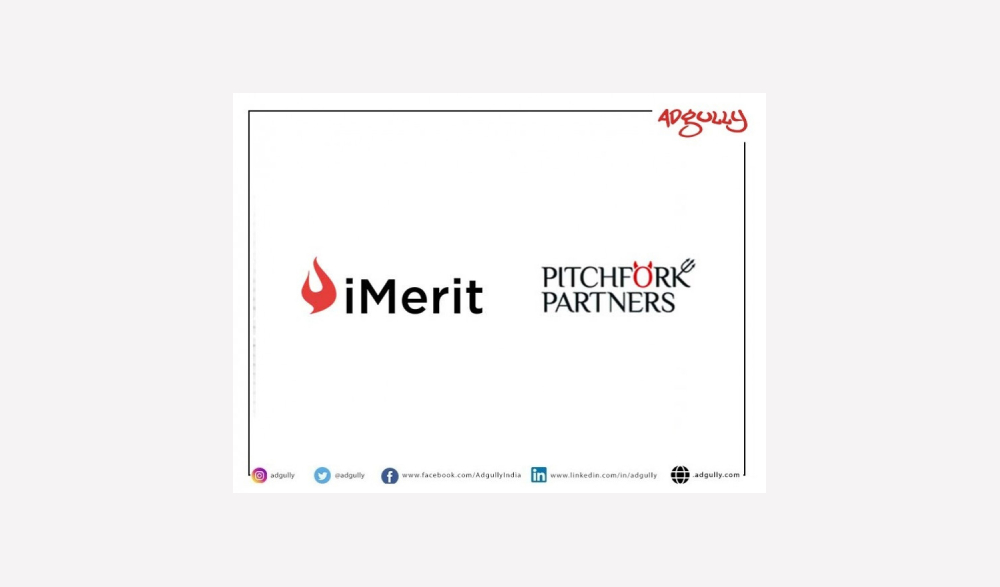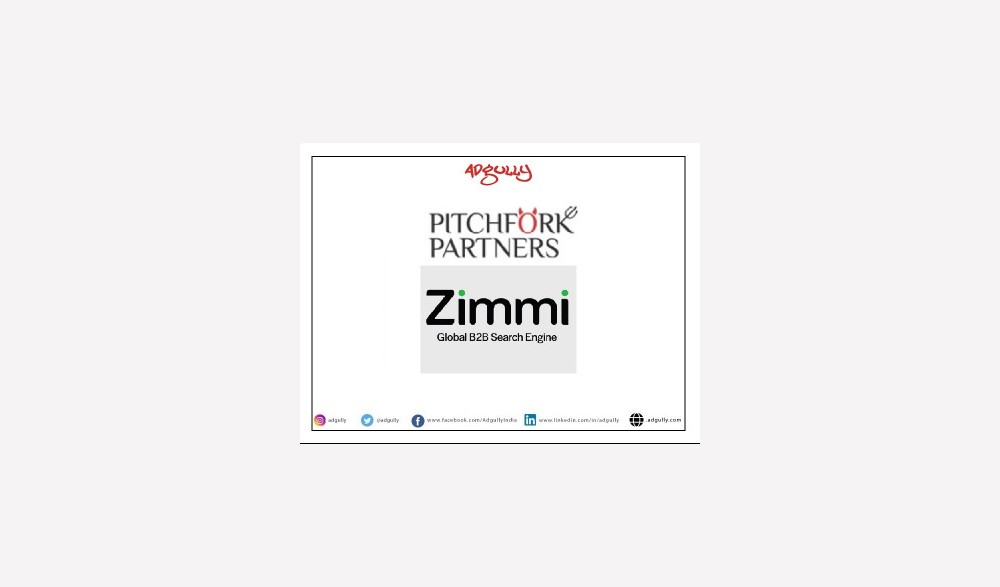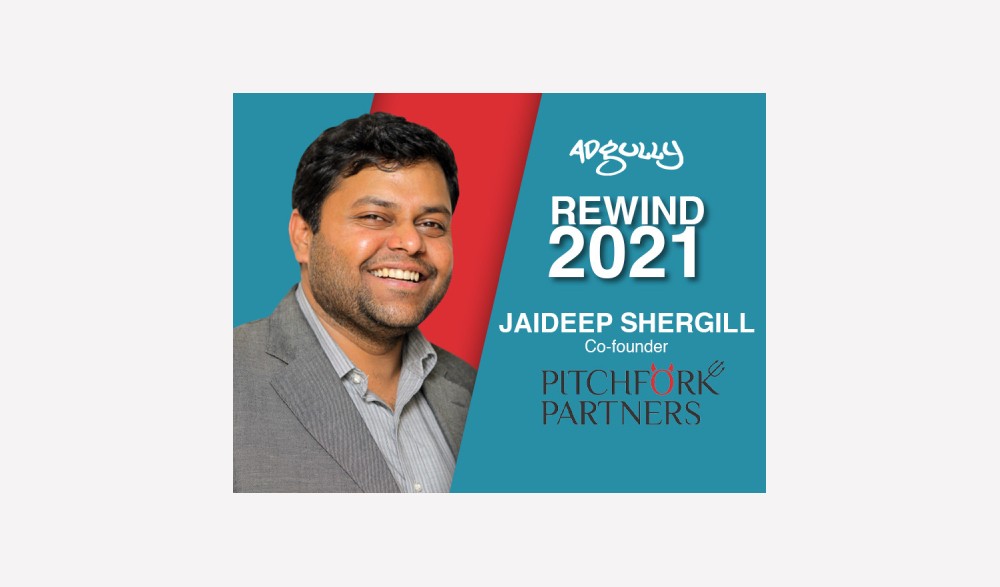
“Agencies lost 40-60% of their revenues in the weeks following the pandemic”
With a year almost drawing to a close, it’s time to recap the major developments across the industry. As in the previous years, Adgully reviews the year 2021 for M&E, Advertising, Digital, Marketing, PR & Communications along with leading names in the industry.
As opposed to the severe disruptions brought about by the global COVID-19 pandemic in 2020, the year 2021 was more about resilience and rebuilding. The tone has been more optimistic as the massive vaccination drive brought some much needed succour.
In conversation with Adgully, Jaideep Shergill, Co-founder, Pitchfork Partners, recounts the key developments and trends on the PR industry in India during 2021, as well as some trends that can be expected in 2022.
Could you give us a 360-degree view of the major developments and trends in the Indian PR industry in 2021? According to you, overall, how has the industry performed this year?
Let me answer your second question first. The industry has done reasonably well under the circumstances. Coming out of the devastation of the COVID-19 pandemic, it’s been a slow climb to a full recovery. Thankfully, the industries that the pandemic either spawned or boosted – payments, financial technology, educational technology, green energy, business automation, etc. – are helping the public relations (PR) industry make up for lost ground. I estimate that agencies lost between 40% and 60% of their revenues in the weeks following the pandemic. However, I’m happy that almost everyone is back at pre-COVID revenue levels now; 2022, therefore, seems set to deliver at least double-digit growth.
The top trends witnessed in 2021 were:
- Purpose-driven communication, which stressed on authenticity and the brand’s values. The brand’s social commitment was a critical part of this outreach
- Clients are looking for all brand communication solutions under one roof. However, no agency can be great at everything, so collaborations have become the norm. This led to the emergence of a new collaborative model, an ecosystem of agencies partnering to service the client’s needs
- The PESO (paid-earned-shared-owned) approach is finally getting entrenched. The audience is looking for the content it needs to resolve its problems. It doesn’t care whether that is delivered via earned or paid media. So, brands don’t mind investing in all four forms, so long as it delivers results
What were the challenges that you faced? What have been your key learnings? The withdrawal of clients or shrinking of mandates, naturally, presented a huge challenge. We responded by adding new talent and skill sets. Also, the acceleration of the audience’s migration to digital platforms meant we had to step on the gas to add those capabilities to our repertoire. This meant investments and risks. Also, it took a while for clients’ communication budgets to expand to pre-COVID levels. That interim period was tough to negotiate. Fortunately, it’s all worked out well. As far as learnings go, we can no longer afford to be caught unawares by something like the pandemic. We will have to be disaster-ready, and the best way to do that is to make sure that the skills and solutions we offer are cutting-edge and in sync with the times. Also, upgrading in-house talent will require greater commitment than before.
Will the outlook for 2022 be a cautious approach? What new trends can one expect?No, it’s time to grow. We can’t afford to be cautious at such a time. Unless we invest in growth and capabilities, we’ll be left behind.Here are some trends you can expect in 2022:
PR and marketing will get even more intertwined: This means that PR professionals need to understand how to apply data and analytics for their campaigns. How do we use them to tell better stories? Decisions about SEO, social media deployment and earned media can be informed by such tools. If we master them, we can expect bugger budgets and revenue security
Influencers to the fore: Influencer marketing is here to stay. It won’t, however, be only about massive influencers with a large number of followers. Brands are waking up to the importance of micro and nano influencers, those with smaller followings but highly trusted in niche markets. These influencers experience higher levels of engagement than many big names
Equity and inclusion: Various studies have shown that audiences expect brands to take a stand on social and political issues. Advising clients on this will be a priority. Also, brands that don’t project what they’re doing to become more inclusive are poised to lose customers. This is a time of great focus on equity and inclusion. We will have to build that in to our messaging and campaigns
